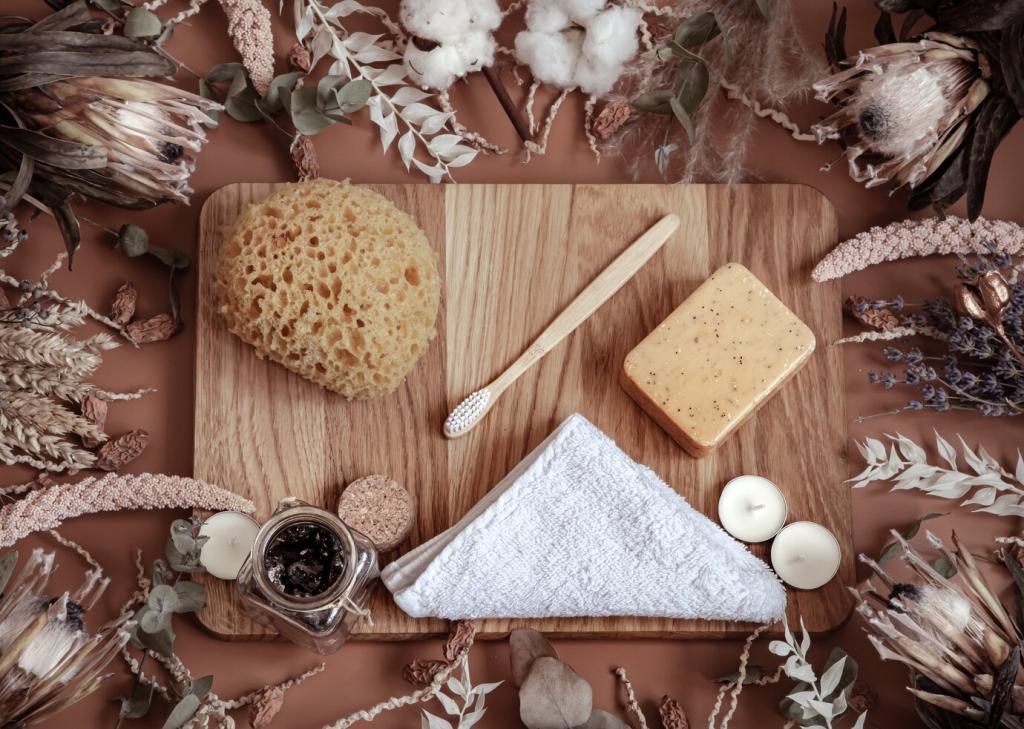
Shine Naturally: Home-Made Dusting Sprays for Furniture
Chosen theme: Home-Made Dusting Sprays for Furniture. Welcome to a cozy corner of clean where simple ingredients, smart techniques, and uplifting scents turn everyday dusting into a small ritual of care. Subscribe and join our community as we mix, test, and celebrate furniture-friendly sprays that respect your home, your health, and the stories your pieces hold.
Why DIY Dusting Sprays Belong in Your Home
Store-bought dust sprays can carry synthetic fragrances and heavy silicones that linger. Home-made dusting sprays for furniture let you choose mild, low-VOC ingredients that clean without that chemical cloud, making living rooms feel fresher and more comfortable for kids, pets, and sensitive noses.
Why DIY Dusting Sprays Belong in Your Home
A single reusable glass bottle, a funnel, and pantry staples can replace a parade of plastic cans. Home-made dusting sprays for furniture reduce packaging waste and unnecessary propellants, while encouraging thoughtful refills and mindful consumption that aligns with eco-friendly routines you can actually sustain.
Why DIY Dusting Sprays Belong in Your Home
DIY means tailoring your spray to your exact surfaces and scents without paying premium prices for branding. Home-made dusting sprays for furniture can be tweaked for wood, metal, or laminate, and scented with essential oils you already love. Tell us your favorite blend in the comments.
Ingredients That Make Furniture Sparkle Safely
Distilled Water, Witch Hazel, and Light Solvents
Distilled water prevents mineral spots, while witch hazel or a splash of vodka helps lift light grime and speeds drying. In home-made dusting sprays for furniture, these combine to reduce streaks. Always patch-test on an inconspicuous spot, especially on delicate or vintage finishes that may be sensitive.
A Touch of Soap and the Right Conditioning Oil
Just a few drops of mild castile soap add cleaning power. For conditioning, fractionated coconut or jojoba oil offers a light dust-binding sheen without going rancid like some kitchen oils can. In home-made dusting sprays for furniture, less is more to avoid residue or build-up.
Essential Oils, Glycerin, and Anti-Static Help
Cedarwood, lavender, and lemon smell fresh, but always dilute properly. Essential oils won’t truly dissolve in water without a helper, so add witch hazel, alcohol, or a solubilizer and shake before use. A tiny drop of vegetable glycerin can cut static in home-made dusting sprays for furniture.
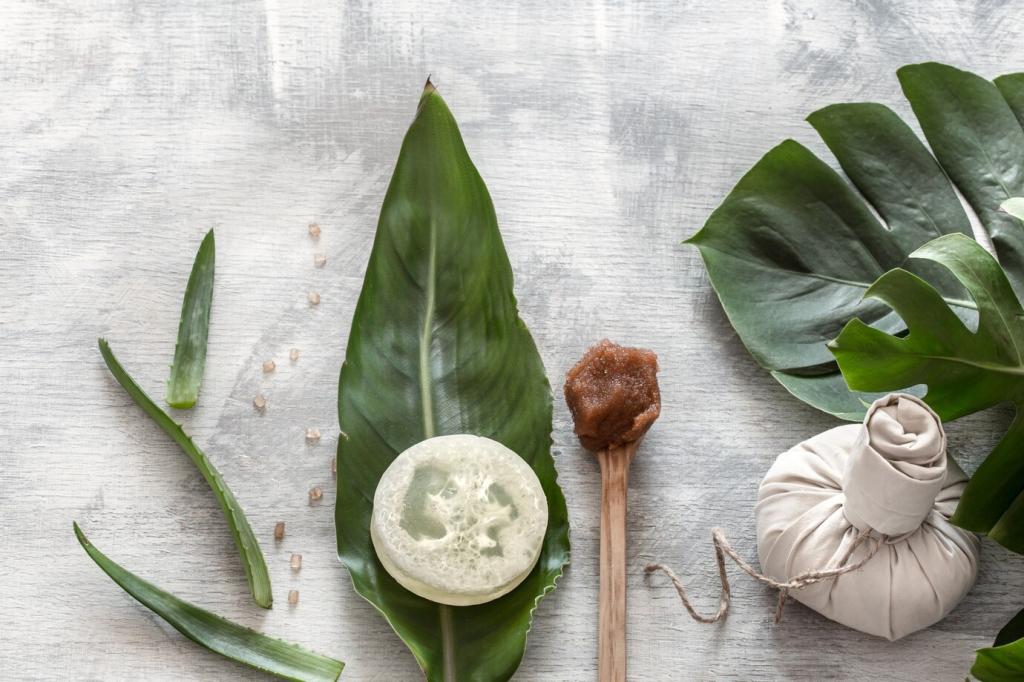
Combine 1 cup distilled water, 1 tablespoon witch hazel, 1/2 teaspoon mild castile soap, 1/4 teaspoon jojoba oil, 6 drops cedarwood, 4 drops lavender. For home-made dusting sprays for furniture, spray onto a microfiber cloth, wipe with the grain, then buff dry to a soft, natural-looking glow.
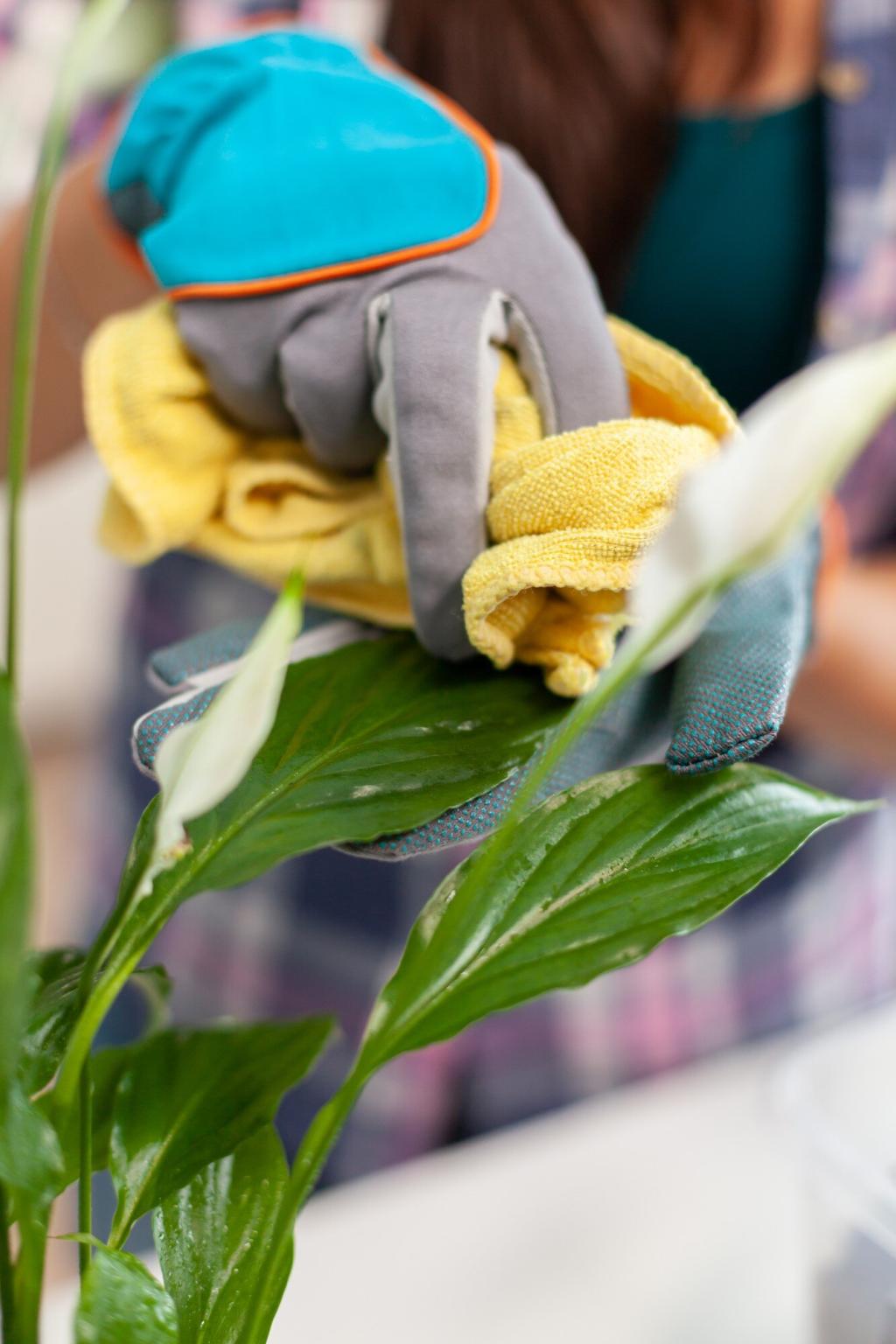
Mix 3/4 cup distilled water with 1/4 cup isopropyl alcohol (70%), plus 1/4 teaspoon castile soap. Optional: 3 drops peppermint for a crisp lift. This home-made dusting spray for furniture leaves minimal residue, flashes off quickly, and reduces streaking on smooth surfaces when used sparingly.
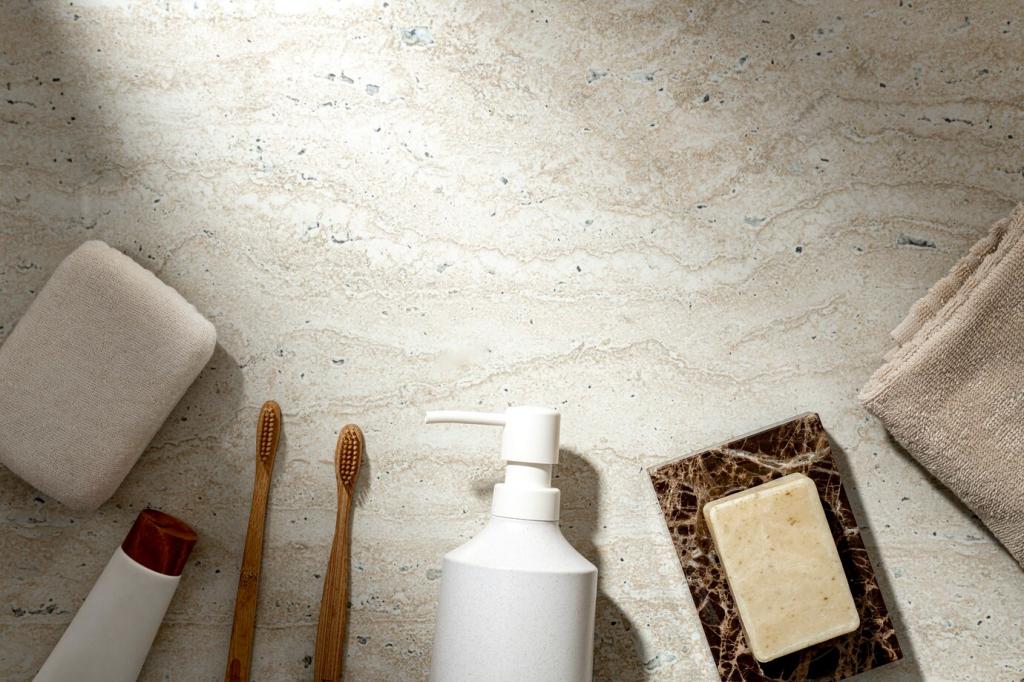
Avoid vinegar and heavy solvents here. Try 1 cup distilled water, 1/8 teaspoon castile soap, and 3–4 drops jojoba oil. Shake well and spray the cloth, never the surface directly. With home-made dusting sprays for furniture, patch-test first on antiques or waxed finishes to ensure compatibility.
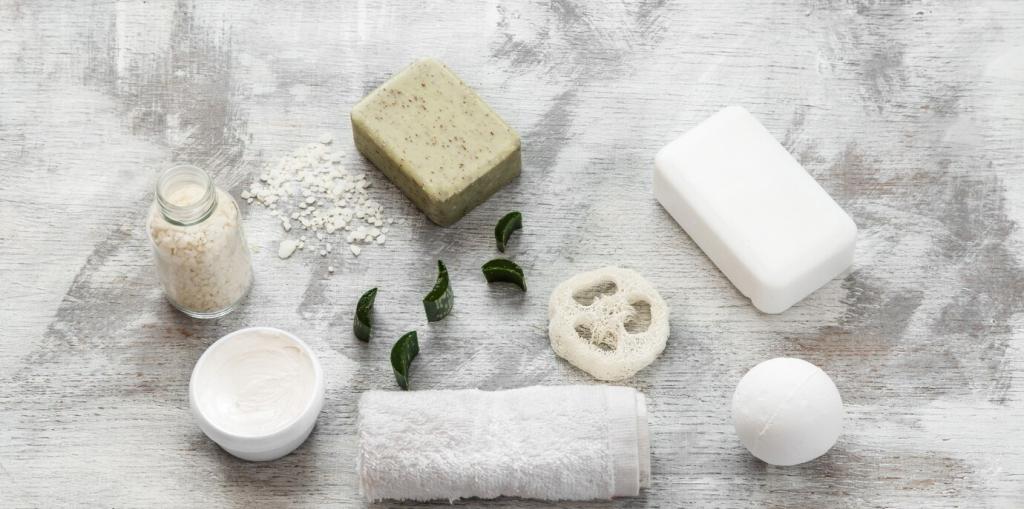
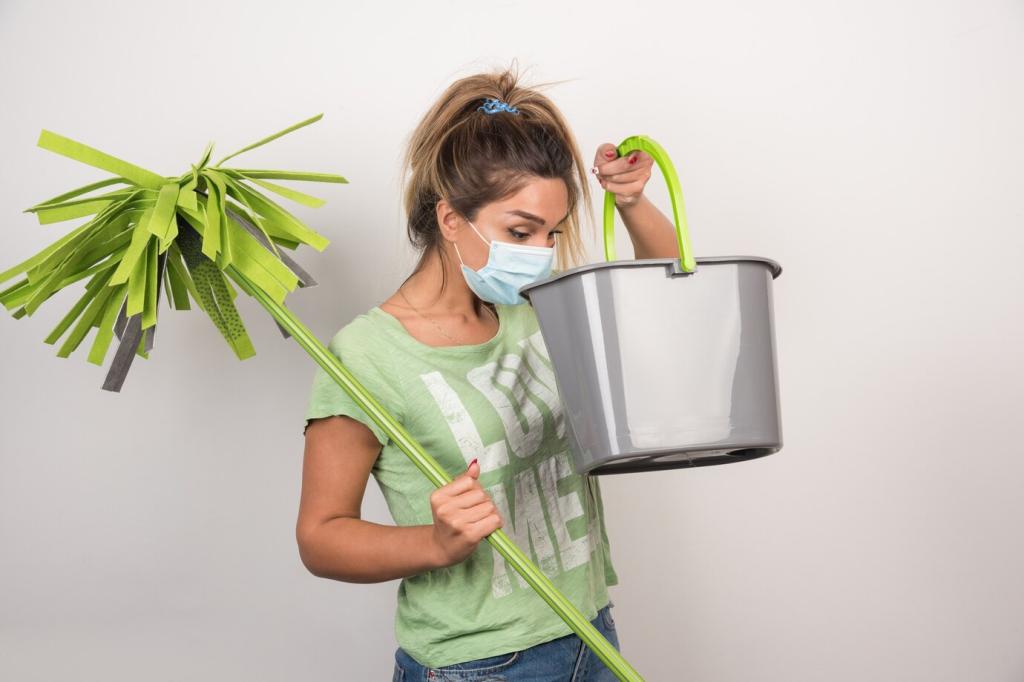
Technique: From Bottle to Beautiful Surface
Microfiber traps dust incredibly well. Lightly mist the cloth with your home-made dusting spray for furniture, then wipe along the grain or in straight lines. Flip the cloth often and finish with a dry side to buff. This avoids over-wetting, especially important on edges and seams.
Technique: From Bottle to Beautiful Surface
Dust settles downward. Start high, then move lower so you do not redo work. For carvings and pulls, spritz the cloth corner or use a soft brush. Home-made dusting sprays for furniture pair beautifully with a weekly routine that prevents gritty particles from scratching finishes.
Safety, Storage, and Shelf Life
01
Label Clearly and Use Thoughtfully
Mark the bottle with the recipe, date, and any allergens. Keep home-made dusting sprays for furniture away from kids and pets. Some essential oils can irritate skin, so gloves may help. Prefer fragrance-free? Skip oils entirely and enjoy the clean, neutral scent of a fresh room.
02
Shake Before Use and Emulsify When Needed
Oils and water separate naturally. With home-made dusting sprays for furniture, add witch hazel, a splash of alcohol, or a cosmetic-grade solubilizer to help dispersion, then shake before every use. This ensures even cleaning power and prevents random oily spots on sensitive finishes.
03
Small Batches, Better Freshness
Water-based blends can spoil over time. Make modest amounts of home-made dusting sprays for furniture and use within 4–8 weeks. Store in amber glass, out of heat and light. A small alcohol percentage can improve longevity, but frequent, fresh mixing keeps performance reliably high.
Stories, Science, and Your Turn

Grandma’s Oak Table, Revisited
I once revived a sun-dulled oak table with a cedar-lavender blend, testing carefully like a nervous apprentice. The first buff revealed a shy glow, and the scent unlocked a memory of Sunday lunches. Share your own home-made dusting spray for furniture moment that made you unexpectedly proud.
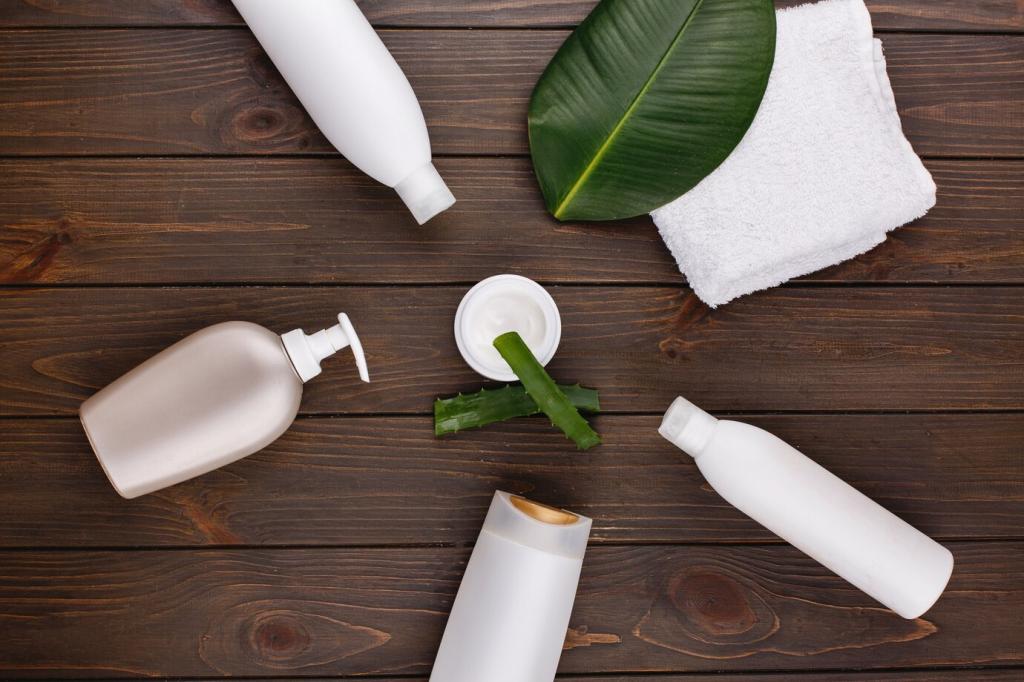
Dust Dynamics, Simply Explained
House dust clings through electrostatic attraction and tiny oils. Microfiber splits catch particles mechanically, while a whisper of glycerin helps reduce static so dust resettles less. Home-made dusting sprays for furniture leverage these basics to clean efficiently, without heavy waxes that mask rather than manage.

Join In and Stay Inspired
Post your go-to recipe, the finish it shines on, and a quick before-and-after snapshot. Subscribe for weekly formula tweaks, seasonal scent ideas, and reader-tested tips that keep home-made dusting sprays for furniture simple, safe, and joyful to use throughout the year.
